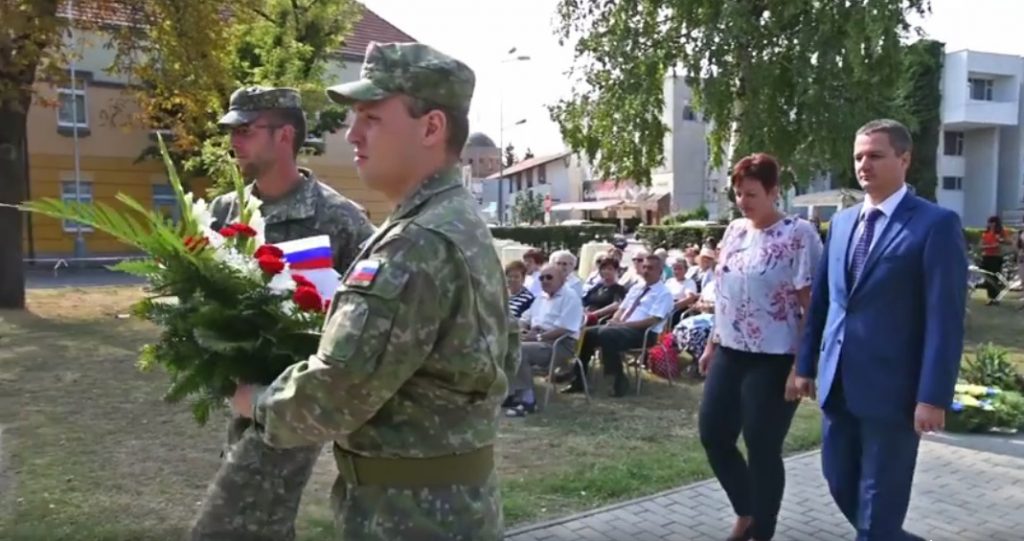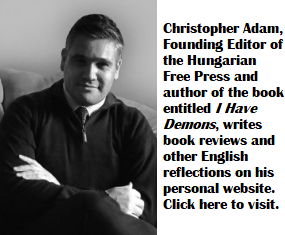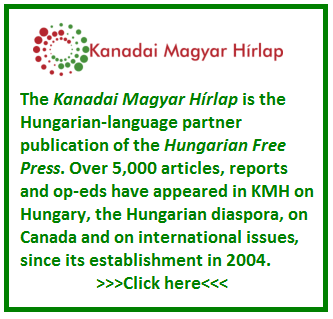Last summer Konrád Rigó, a 38-year-old ethnic Hungarian and the State Secretary of the Ministry of Culture in Slovakia, gave a speech on Slovakia’s National Day. Mr. Rigó, who is a member of the Most-Híd party spoke at Dunajská Streda (Dunaszerdahely in Hungarian) explaining how sons of many nations fought with the partisans during World War II.
In addition to Slovaks, Poles, Serbs, Croats, and Soviets, Mr. Rigó also mentioned Hungarians and Americans.
The Slovak National Uprising was launched on 29 August 1944 from Banská Bystrica (Besztercebánya) and ended badly. The anti-fascists fought against the Germans, some Hungarian Nyilas authorities and the remnants of Horthy’s pro-Hitler army. The revolt was organized by Edvard Benes, the leader of the Czechoslovak government in exile, and supported by US President Franklin Roosevelt.
The German Nazis mobilized their forces against the rebels and the reprisal was barbaric. Einsatzgruppen units executed thousands of Slovak civilians and 93 villages were destroyed on suspicion of collaboration.
In Budapest no statement was made acknowledging the many Hungarians who fought in the uprising. Viera Kováčova, a Slovak historian has estimated that in the summer of 1944 more than 3,000 Hungarians fought in Slovakia. (Read about the participation here in Hungarian.) Pál Maléter, the hero and martyr of the 1956 Hungarian Revolution, led one partisan unit in 1944 as did Sándor Nógrádi who became one of the famous Communist partisan leaders. After the 1956 revolution Nógrádi was sidelined by the Kádár-regime and ended up in China as Ambassador.
The Slovak MKP party (Party of the Hungarian Community) failed to pay respect to the ethnic Hungarians who participated in the WWII uprising. Shamefully this small party followed Budapest’s example and ignored this important anniversary
In the US the CIA honored Maria Gulovich, a Slovak schoolteacher who saved American lives. Later she became an American citizen and died in Los Angeles in 2009. (Read the CIA report about Gulovich here.) Many Americans were captured and killed. The Office of Strategic Services (OSS), the predecessor of the CIA, coordinated the activities. OSS agent Captain Edward Baranski, an American of Slovak and Polish heritage landed at the Tri Duby airfield in September 1944 in a B-17 bomber filled with military supplies. He was later captured and sent to Mauthausen concentration camp, where he was executed in January 1945. Lt. J. Holt Green was in command of Jerry Mican, Joseph Horvath and Robert Brown; they were all captured and executed in Mauthausen. Tibor Keszthelyi, a Hungarian-American OSS agent, was also among the executed.
Today few Hungarian Americans know about this tragic episode of WWII which was probably the only occasion where Hungarians and Americans fought together against fascism. This year US Ambassador to Slovakia Adam Sterling, and Major General Courtney Carr, Adjutant General of the Indiana National Guard, attended the wreath laying ceremony in Banská Bystrica, Slovakia.
Many of us Hungarian-Americans are grateful to Slovak State Secretary Rigó for reminding ethnic Hungarians in Slovakia that anti-fascists of both nations fought together in WWII against the common enemy, the Nazi Wehrmacht and its local surrogates.
György Lázár





